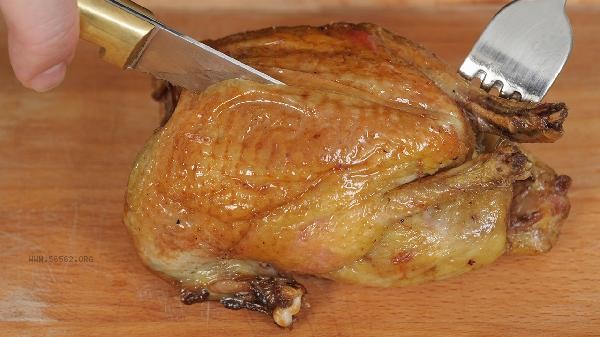After muscle strain, arm pain can be promoted through rest, ice compress, pressure bandaging, medication relief, rehabilitation training, physical therapy, and other methods to facilitate recovery. Muscle strains are often caused by excessive exercise or improper posture leading to fiber tearing, manifested as local swelling, pain, and restricted movement.

1. Rest and apply ice packs
Stop using the affected limb within 48 hours during the acute phase and apply ice packs every 2 hours for 15 minutes. Low temperature can constrict blood vessels, reduce internal bleeding, alleviate swelling and inflammatory reactions. When applying ice, it is necessary to wrap it with a towel to avoid frostbite of the skin, and raising the affected limb can help with venous return.
2. Pressure bandaging
Use an elastic bandage to apply moderate pressure to the injured area, with pressure that does not affect blood circulation. Bandaging can limit excessive muscle activity, reduce the risk of secondary injury, and promote lymphatic fluid reflux to eliminate edema. The bandage can be removed during nighttime sleep.
3. Drug relief
When the pain is obvious, use ibuprofen sustained-release capsules, diclofenac sodium gel or flurbiprofen patch according to the doctor's advice. Non steroidal anti-inflammatory drugs can inhibit prostaglandin synthesis, alleviate pain and inflammatory reactions. Topical ointment can be directly applied to the affected area to avoid gastrointestinal irritation caused by oral medication. 4. Rehabilitation training: After pain relief, gradually engage in low-intensity activities such as elbow flexion and extension, forearm rotation, etc. In the initial stage, passive activities within the painless range are the main focus, and in the later stage, resistance training is added to restore muscle strength. Combining hot compress before and after training can improve local blood circulation.

5. Physical therapy
Ultrasonic therapy can promote tissue repair, while infrared radiation can accelerate inflammation absorption. Intermediate frequency electrotherapy alleviates muscle spasms through electrical stimulation, while shock wave therapy has a significant effect on chronic injuries. Suitable treatment courses should be selected under the guidance of professional physicians. During the recovery period, it is important to ensure high-quality protein intake and moderate supplementation of vitamin C to promote connective tissue repair. Avoid lifting heavy objects or engaging in strenuous exercise, and use pillows to elevate the affected limb during sleep. If there is persistent severe pain or spreading bruising, seek medical attention promptly to rule out fractures or tendon ruptures. Warm up before daily exercise and strengthen upper limb muscle training can effectively prevent the recurrence of strains.









Comments (0)
Leave a Comment
No comments yet
Be the first to share your thoughts!